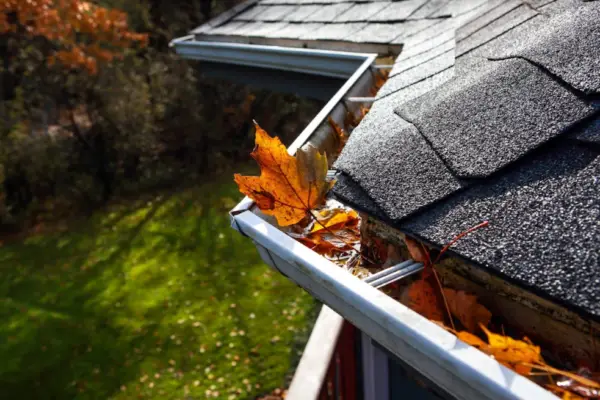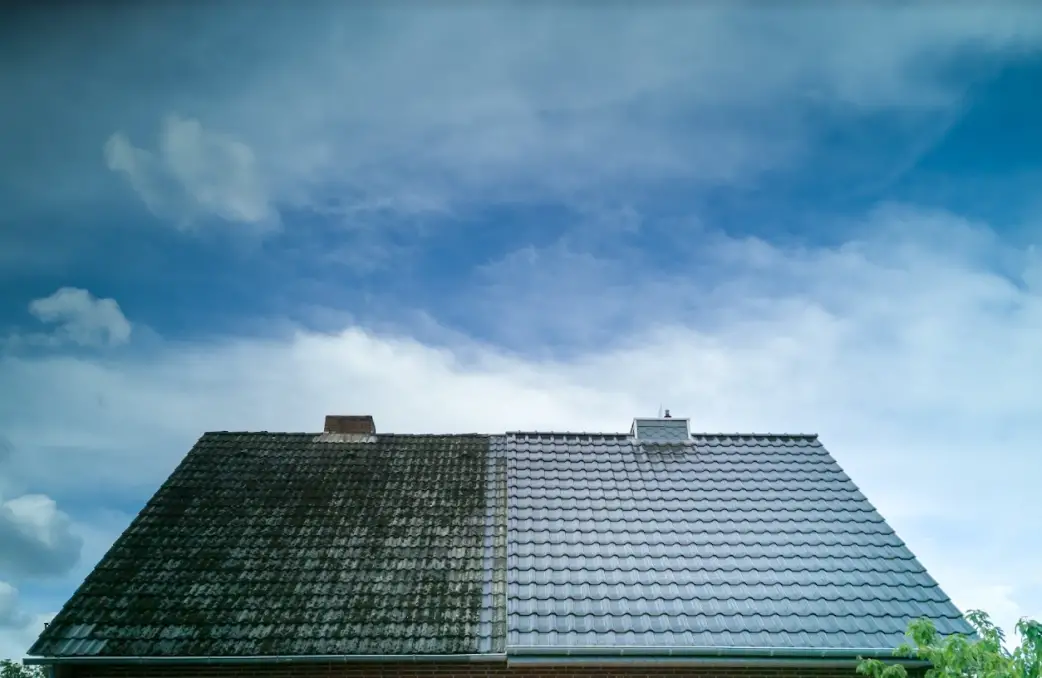If you’re reading this, chances are you’re looking for effective ways to prevent leaks or moss growing from your roof. Do you still remember the last time you gave your roof a tune-up? All things need maintenance to function efficiently, and your roof is no exception. Aside from walls, a roof, which is often neglected, is your primary defense against sunlight, rain, snow, and wind.
It’s recommended by the National Roofing Contractors Association (NRCA) that your roof should be inspected at least once a year and must have a regular maintenance program. Regular maintenance will help you detect minor issues regarding your roof before the damages are irreparable and costly.
As mentioned, NRCA’s recommendation is to have annual inspections and consistent maintenance for your roof. But it depends on what kind of roof you have and other factors, such as leaves piled up on your roof, moss and algae growth on your roof, clogged gutters, and location of your house. Moreover, if your place is situated in a high wind area, you should consider the age of your roof. Another factor is whether your residence is prone to build-up of snow every year.
Now that you know the factors that might affect the structural integrity of your roof, it only makes sense to maintain its cleanliness to avoid costly repairs, so here are some steps to follow:
Inspect Regularly
To maintain the cleanliness of your roof, you must conduct regular inspections. Not only will regular inspections lengthen the life of your roofing materials, but they will also prevent a lot of damage, expensive repairs, and even a complete roof replacement.
Installing stair towers in your home will make it easy to access your roof and check its condition. Roofs naturally weather over time, especially when storms occur. There’s going to be wear and tear in your roof system eventually, so might as well be prepared for it or be ready to repair the damage caused.
Prevent Moss Growth
You can prevent the growth of algae or moss by taking precautionary measures. Moss thrives in cool and damp conditions. Once it establishes itself on your roof, it’ll absorb rainwater that enhances its spread on your roof. If left untreated, it can degrade the structural integrity of your roof. It’ll slip through the cracks and loosen the shingles of your roof where the water leaks through.
To prevent this, you can buy a moss killer solution that you can spray onto the moss. If you opt for a simple DIY solution, you can make a 1:1 mixture of chlorine bleach and water. Spray this generously on your moss-covered roof and leave it for approximately 30 minutes. During this time period, the bleach kills the roots of the moss, loosening its grip on your roof.
Note that you should cover the plants under your roof to prevent them from being killed by the bleach. Rinse the bleach off using a hose under a low-pressure setting. Be patient, as the moss won’t be removed easily. It will dry up within a few days before disappearing. Once the moss dries up, use a leaf blower to get rid of the remains.
Trim Branches
A roof that’s shaded by trees allows the moisture to linger and enhances the growth of moss. Aside from that, heavy snow, ice, wind, and other natural elements can cause those branches to be stuck on your roof. Stuck branches will cause potential damages to your roof and other structure. For instance, small branches leave scratches on your roof whereas large branches dent the roof because of their weight.
Moreover, trees contribute a lot of debris, like twigs and leaves that might clog your gutter. So, it’s important to be prepared, especially if you’re expecting a heavy storm in your area.
Unclog Gutters
Make sure that your gutters are clear of debris. Accumulated debris can be a source of fire hazard due to the build-up of twigs and leaves. Gutters can also be clogged when the debris is pushed near the edges of the roof. This can lead to the growth of bacteria and pest infestations caused by the proliferated moisture. Furthermore, the algae or moss growth speeds up because of the added moisture.
To solve this problem, you can install gutter guards or a mesh screen that prevents the accumulation of debris in your gutters. Gutter guards can hinder seed and weed growth too.

Insulate Or Ventilate Your Roof
Another factor that many homeowners are unaware of is insulating or ventilating their roofs. A roof that’s properly insulated or ventilated is less likely to have excess moisture that leads to rot. To prevent excess moisture, monitoring and maintaining the conditions of the attic is a must. Excess moisture happens when warm air from the interior of the home rises and meets with the cold air from the space inside the plywood of the roof. Condensation will occur, which inevitably leads to the rot of plywood and possible mold growth.
Clean Depending On Roof Materials
Whether it’s ridden by moss or leaves, knowing the roof materials first will help you to maintain the roof’s cleanliness:
Asphalt
The most common type of residential roofing is asphalt due to its easy installation. But it can easily acquire moss or algae. When cleaning this kind of roof material, use a soft-bristled broom or wide handheld brush. Do not use a power washer, as this can easily dislodge the roofing shingles.
Metal
This type of material requires almost no maintenance, and it has a longer life expectancy than asphalt. But metal is more costly because it can accumulate rust that’s a result of oxidization if it’s not covered by a strong, scratch-resistant paint system. Note that it should not come into contact with other metals because close contact will lead to rapid corrosion.
Cedar
This material requires frequent maintenance. Without proper cleaning, this wood can form mold or algae that keep moisture, which causes rotting. Since it’s wood, it needs treatment to avoid becoming a fire hazard. Aside from that, watch out for termites and other insects that might infest your roof.
Clay Tile and Slate
These are both long-lasting and fireproof. However, they’re prone to algae and/or moss growth. If you discover any cracked or broken tiles or slate shingles, repair them immediately to avoid water leaks.
Takeaway
Maintaining the cleanliness of your roof and conducting a regular inspection are necessary for your roof to function efficiently and have a longer life expectancy. This will also help you avoid unnecessary expenses incurred for repairs.


